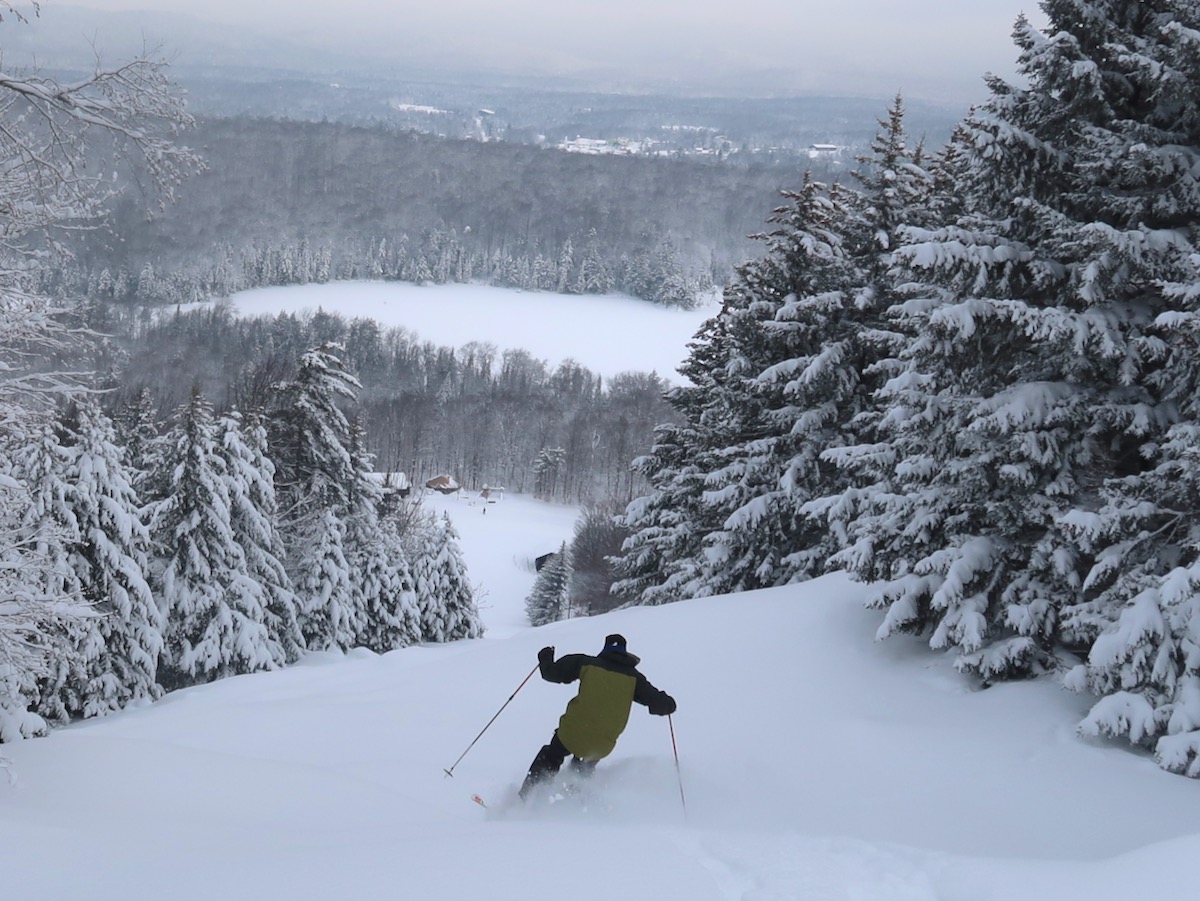ChrisC saved me the trouble of responding. I did notice the $5 tasting sign that might be $50 in Napa though.
California (and also Chile) have multiple microclimates where an ideal can usually be found for every premium grape varietal from France and Italy. The Finger Lakes climate is way too harsh for grapes like Cabernet, Chardonnay and Pinot Noir. What is interesting to me about the overall region is that our Iron Blosam group has become fans of Canadian icewine from the Niagara peninsula. These are usually made from Vidal or Riesling grapes. In the reference above, 90% of Canadian icewine comes from the Niagara peninsula. Some icewine is made on the U.S side of Lake Erie and in Michigan but there is no mention of the Finger Lakes. As we know from flyover's comments about Lake Superior, the Great Lakes have a moderating influence upon summer temperatures, so the Niagara peninsula between two of them might be very favorable for some wine grapes. July temp ranges: Ithaca 84/62, Niagara-on-the-Lake 80/67.
James still makes a good point about France. In Napa we have done research, contacted wineries directly and made appointments for tastings. Sometimes you need to get on a mailing or subscription list to buy what you want. I'm not doing this so much now. It doesn't make sense to be buying current releases at my age for wines best consumed 10+ years in the future. I have enough from Napa vintages 2012-2016 for as many Iron Blosam weeks and other special events I can imagine.
When we were in Burgundy in 2024 I had no illusions that do-it-yourself was a viable option. We hired a guide for curated visits and tastings. This would be a true test of James' language skills if he could schmooze himself into any of these small boutique winemakers.
Yes, until the Judgment of Paris. This was the exact time frame (mid-1970's) that wine became one of my hobbies. At the time the British were the historical primary consumers of top end French wine and the British economy was a disaster. Thus prices were depressed and Traders Joe's had stacks of first growth Bordeaux for $16-$20 a bottle. The best bargain was 1967 La Mission Haut Brion for $10! The entrepreneur who founded Trader Joe's lived next to my parents and there were perhaps 18 stores back then, one in Santa Ana and all the others in L.A. County. I would buy a bottle or two here and there, along with competitive cabs from Napa. I had some of these wines long enough to bring them to Iron Blosam from 1996-2003 where we would do our own Bordeaux vs. Napa comparisons.Fair enough but isn't that more or less the way France looks (or looked for decades) at California?
California (and also Chile) have multiple microclimates where an ideal can usually be found for every premium grape varietal from France and Italy. The Finger Lakes climate is way too harsh for grapes like Cabernet, Chardonnay and Pinot Noir. What is interesting to me about the overall region is that our Iron Blosam group has become fans of Canadian icewine from the Niagara peninsula. These are usually made from Vidal or Riesling grapes. In the reference above, 90% of Canadian icewine comes from the Niagara peninsula. Some icewine is made on the U.S side of Lake Erie and in Michigan but there is no mention of the Finger Lakes. As we know from flyover's comments about Lake Superior, the Great Lakes have a moderating influence upon summer temperatures, so the Niagara peninsula between two of them might be very favorable for some wine grapes. July temp ranges: Ithaca 84/62, Niagara-on-the-Lake 80/67.
James still makes a good point about France. In Napa we have done research, contacted wineries directly and made appointments for tastings. Sometimes you need to get on a mailing or subscription list to buy what you want. I'm not doing this so much now. It doesn't make sense to be buying current releases at my age for wines best consumed 10+ years in the future. I have enough from Napa vintages 2012-2016 for as many Iron Blosam weeks and other special events I can imagine.
When we were in Burgundy in 2024 I had no illusions that do-it-yourself was a viable option. We hired a guide for curated visits and tastings. This would be a true test of James' language skills if he could schmooze himself into any of these small boutique winemakers.
Last edited:

